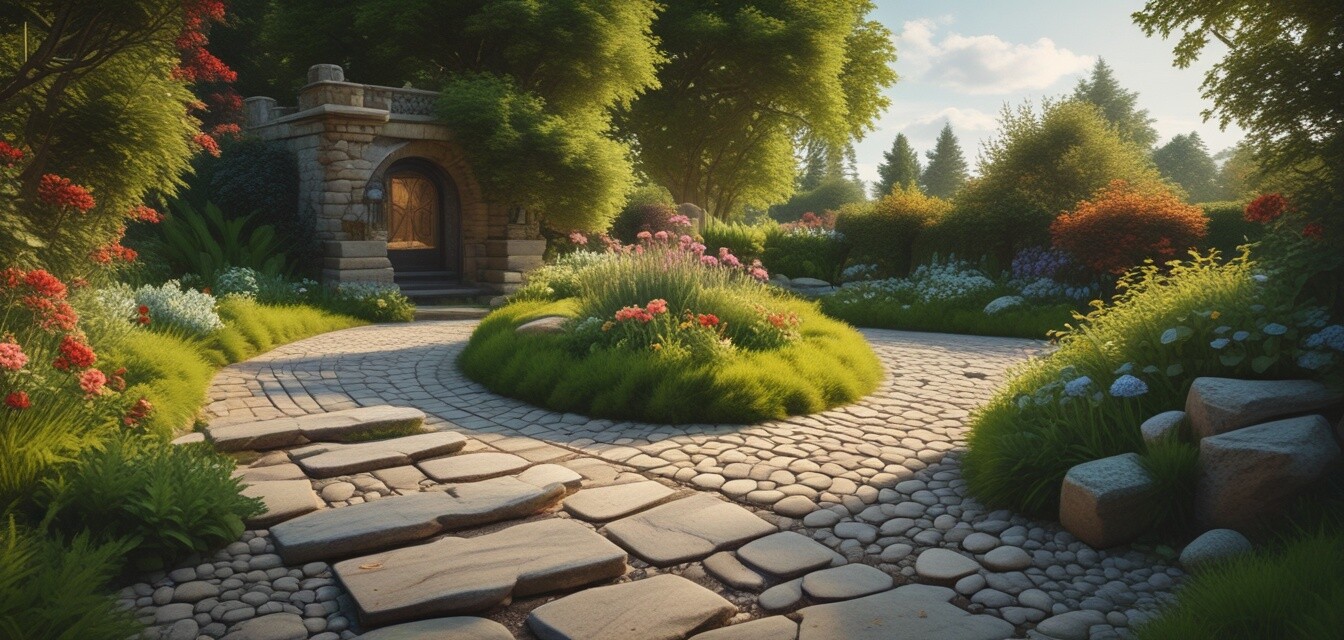
Beautiful Ground Covers for a Lush Landscape
Key Takeaways
- Ground covers improve soil stability and reduce erosion.
- They can suppress weed growth, minimizing maintenance efforts.
- Various options offer aesthetic appeal and environmental benefits.
- Choose the right ground cover for your garden's light and moisture conditions.
- Mixing different types can create unique textures and colors.
If you're looking to enhance the beauty of your garden while minimizing the growth of weeds, ground covers are an excellent solution. These low-growing plants not only beautify your landscape but also serve practical purposes such as erosion control and moisture conservation. In this article, we’ll explore various ground cover plants that can transform your outdoor space into a lush landscape.
What Are Ground Covers?
Ground covers are low-growing plants that blanket the soil, forming a dense mat that suppresses weeds and provides a cushiony feel underfoot. They are essential in creating visual interest in gardens, acting as fillers between larger plants, and providing a lush appearance year-round.
Benefits of Using Ground Covers
- Minimize weeding and maintenance requirements.
- Control soil erosion by stabilizing the ground.
- Improve moisture retention and soil health.
- Add aesthetic value with diverse colors, textures, and flowering patterns.
- Enhance biodiversity by attracting beneficial insects.
Popular Ground Cover Options
| Ground Cover | Sunlight Requirement | Height | Blooming Season |
|---|---|---|---|
| Ajuga (Bugleweed) | Partial to full shade | 6-12 inches | Spring |
| Thymus (Creeping Thyme) | Full sun | 3-6 inches | Summer |
| Vinca Minor (Periwinkle) | Partial shade | 6-12 inches | Spring |
| Phlox Subulata (Creeping Phlox) | Full sun | 3-6 inches | Spring |
| Usnea (Moss) | Full shade | 1-2 inches | All year |
Choosing the Right Ground Cover for Your Garden
When selecting ground covers, consider your garden's specific conditions, such as sunlight, soil type, and moisture levels. Here are some tips for choosing suitable ground covers:
Beginner tips for selecting ground covers
- Examine sunlight exposure – determines which plants will thrive.
- Assess the soil type and drainage capabilities.
- Consider height and spread to ensure appropriate coverage.
- Mix various ground covers for added texture and color.
- Opt for native plants as they are often more resilient and beneficial to local ecosystems.
Conclusion
Ground covers can significantly enhance your garden’s beauty while providing numerous practical benefits. By thoughtfully selecting the right ground cover plants that align with your garden’s conditions, you can create a sustainable, lush landscape. Explore your options, get inspired, and design your outdoor area with these versatile plants. For more garden ideas and inspiration, visit our Garden Inspiration category.
Pros
- Reduces need for mowing and weeding.
- Enhances soil quality and moisture retention.
- Provides habitat for pollinators and beneficial insects.
Cons
- Some ground covers can become invasive.
- Requires appropriate selection based on climate.
- Initial establishment may take time.